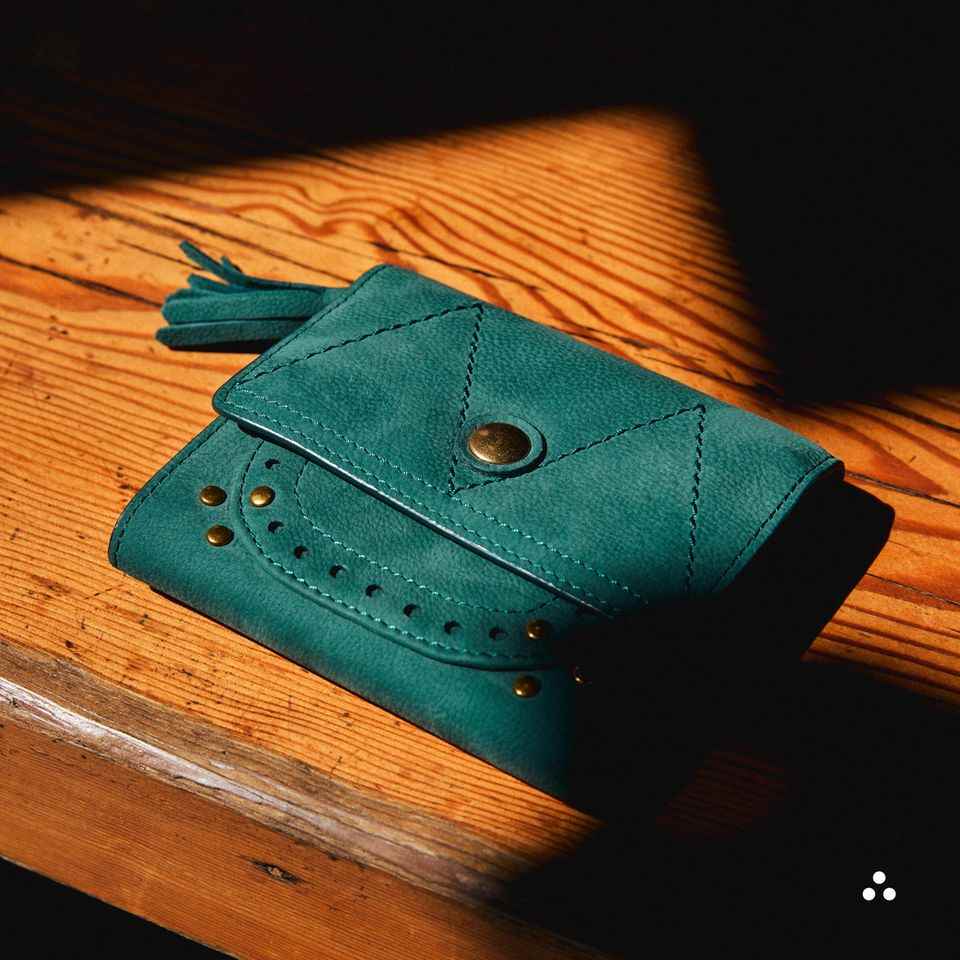shopping Queen
Hang loose
What you should know about fringes on clothes
© aggressivelab / Adobe Stock
Sooner or later there will be fringed pieces in every closet at some point. And they can be more than dust collectors. Here’s what you should know if you’re following the “Shopping Queen” motto “Hang loose”.
What do you think of when you hear “fringes”? Of the Wild West? Perhaps Clint Eastwood, who throws the pistols in the air from his holsters with a deliberate movement and spreads his knees, ready for a shootout? Or fluttering Charleston dresses? Neither is the origin of the regularly emerging fashion element. But where are they from?
Fringes were for protection
Fringes go back to the indigenous peoples of America. Leather or suede textiles were cut into strips or twisted into cords. So that the high-quality material is not wasted, leftovers are often used. Because respect and gratitude for the gifts of the earth and a sustainable use of them were important components. The finished fringes were then placed on the garment. In addition to the decorative aspect, this had a deeper meaning: they protected the clothing from the rain, for example. As the drops rolled off the fringes, what lay underneath remained shielded. At the same time, the clothes dried faster.
fringes today
Whether in the 1920s or the 60s and 70s, fringes have had their moment in the high fashion cosmos through the cultural appropriation of designers. To this day, they appear regularly. The originally protective aspect of the fashion element receded more and more into the background, which was already noticeable through the choice of materials: cotton, silk, beaded.
(Suede) leather jackets with fringes in particular are timeless and are suitable as a statement piece for styles on rainy autumn days. To take it easy, you can grab individual accessories such as fringed bags or let shoes with fringes be the eye-catcher.
Gastby esk
The label Elisabetta Franchi cites the “Roaring Twenties” of the USA, in which the “Flapper” established themselves. That means something like “to flutter” and at that time described young women who longed for freedom. The dresses got shorter, the nights got longer. Their lifestyle was labeled as immoral and dangerous: they drank alcohol, went dancing in jazz clubs and had affairs. The “flapper dress”, also known as the Charleston dress, was particularly popular for nightly adventures. Named for a dance that has its origins in the African-American community. Characteristic of the knee-length dress were the many fringes that followed every step with momentum.

